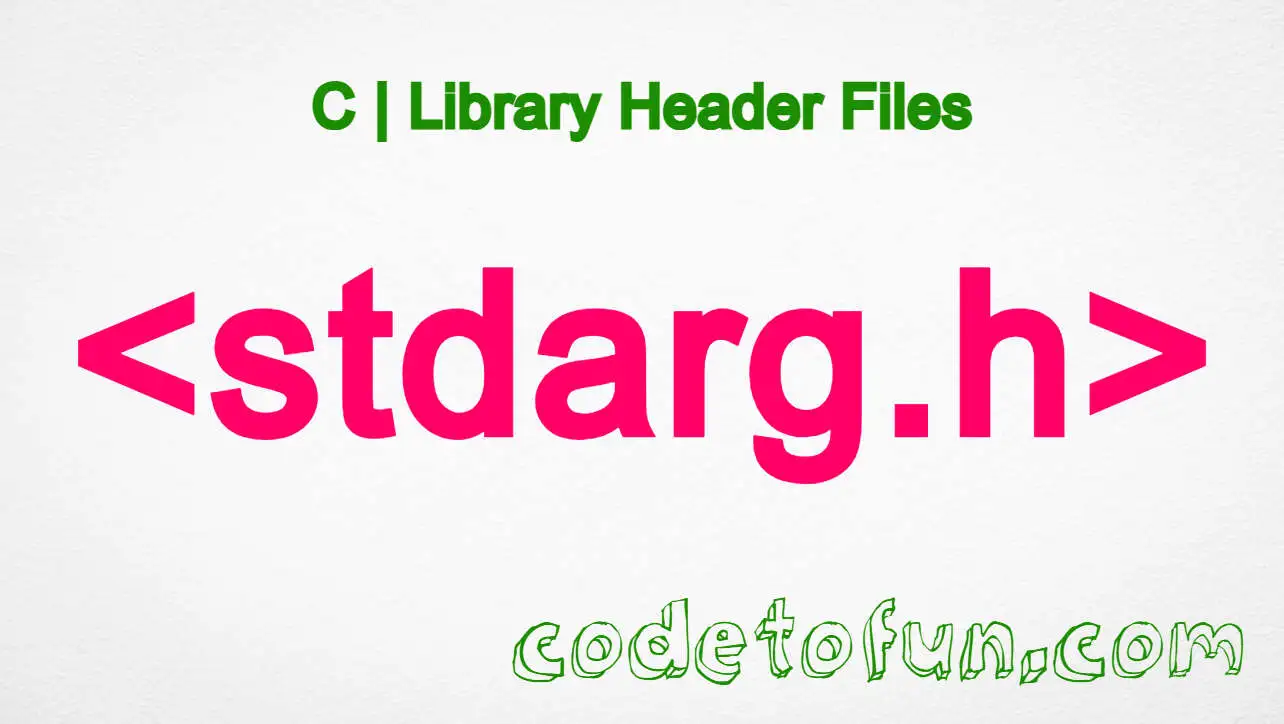
jQuery Basic
jQuery Callbacks
jQuery callbacks.remove() Method

Photo Credit to CodeToFun
🙋 Introduction
In JavaScript development, managing control flow and callbacks is essential for building interactive and responsive web applications. jQuery provides a wealth of utilities to streamline this process, including the callbacks.remove() method. This method enables developers to manipulate and optimize callback lists associated with asynchronous operations.
In this comprehensive guide, we'll explore the intricacies of the callbacks.remove() method, its syntax, practical applications, and best practices.
🧠 Understanding callbacks.remove() Method
The callbacks.remove() method is a part of jQuery's Callbacks Object API, designed to manipulate lists of callback functions. It allows you to remove one or more callbacks from a callback list, providing greater control over the execution flow of asynchronous tasks.
💡 Syntax
The syntax for the callbacks.remove() method is straightforward:
callbacks.remove( [callback] )- callback (Optional): The callback function to be removed from the callback list. If not specified, all callbacks are removed.
📝 Example
Let's dive into a simple example to illustrate the usage of the callbacks.remove() method:
var callbacks = $.Callbacks();
function foo() {
console.log("Foo");
}
function bar() {
console.log("Bar");
}
callbacks.add(foo);
callbacks.add(bar);
callbacks.fire(); // Output: "Foo" "Bar"
callbacks.remove(foo);
callbacks.fire(); // Output: "Bar"🏆 Best Practices
When working with the callbacks.remove() method, consider the following best practices:
Selective Removal:
Be selective when removing callbacks to maintain the integrity and functionality of your code. Removing unnecessary callbacks can optimize performance.
Clear Documentation:
Document the purpose and usage of callback lists in your codebase to facilitate collaboration and maintenance.
Error Handling:
Implement error handling mechanisms to gracefully handle scenarios where callbacks cannot be removed as expected.
Testing:
Thoroughly test the behavior of callback lists with and without removal operations to ensure consistent and reliable functionality.
Consistency:
Adopt consistent naming conventions and coding standards when working with callback lists to enhance code readability and maintainability.
📚 Use Cases
Event Handling:
Manage event listeners more efficiently by adding or removing callback functions dynamically using
callbacks.remove().Animation Sequences:
Fine-tune animation sequences by selectively removing callbacks based on user interactions or specific conditions.
Deferred Objects:
Integrate
callbacks.remove()with deferred objects to control the execution flow of asynchronous tasks and streamline error handling.Plugin Development:
Use
callbacks.remove()in plugin development to provide users with flexibility in customizing event handling behavior.
🎉 Conclusion
The callbacks.remove() method in jQuery offers developers powerful capabilities for managing callback lists and controlling the flow of asynchronous tasks in JavaScript applications.
By mastering its syntax, exploring common use cases, and adhering to best practices, you can harness the full potential of this method to build robust and responsive web applications. Incorporate callbacks.remove() into your development toolkit to enhance control flow and streamline event handling in your projects.
👨💻 Join our Community:
Author

For over eight years, I worked as a full-stack web developer. Now, I have chosen my profession as a full-time blogger at codetofun.com.
Buy me a coffee to make codetofun.com free for everyone.
Buy me a Coffee











